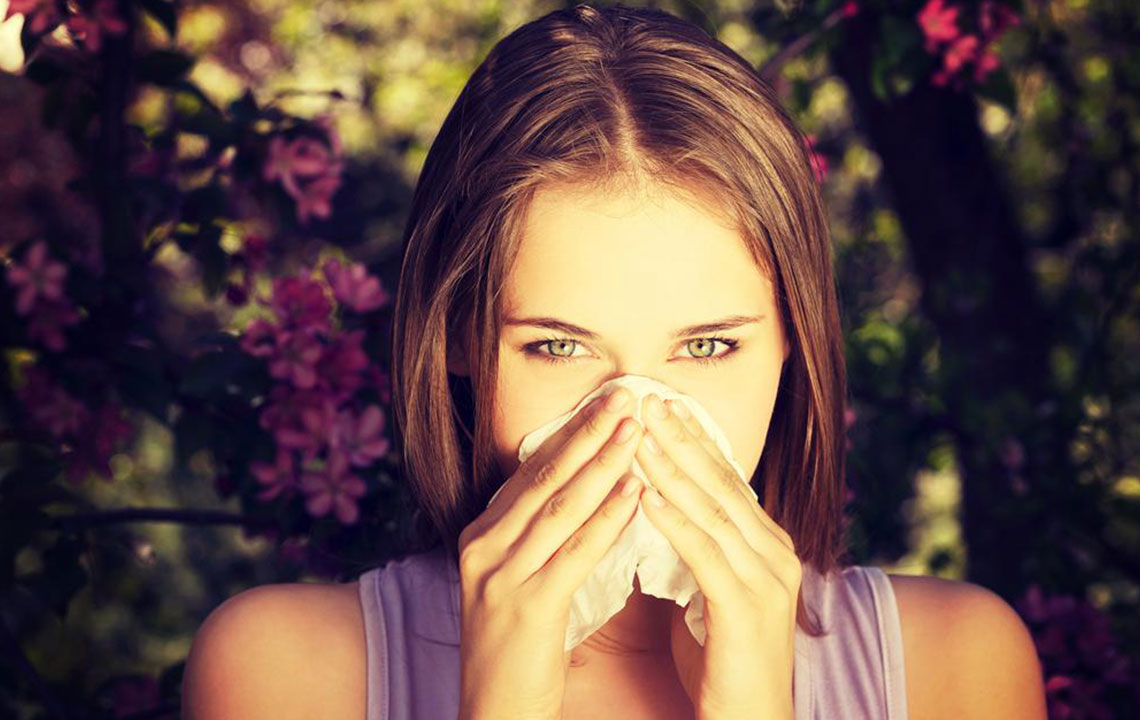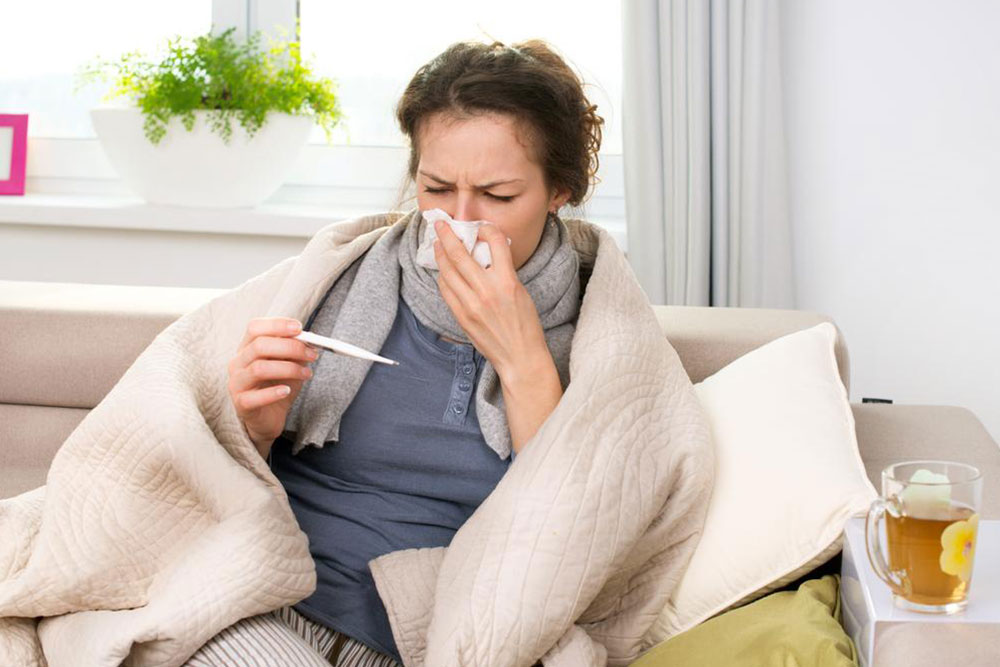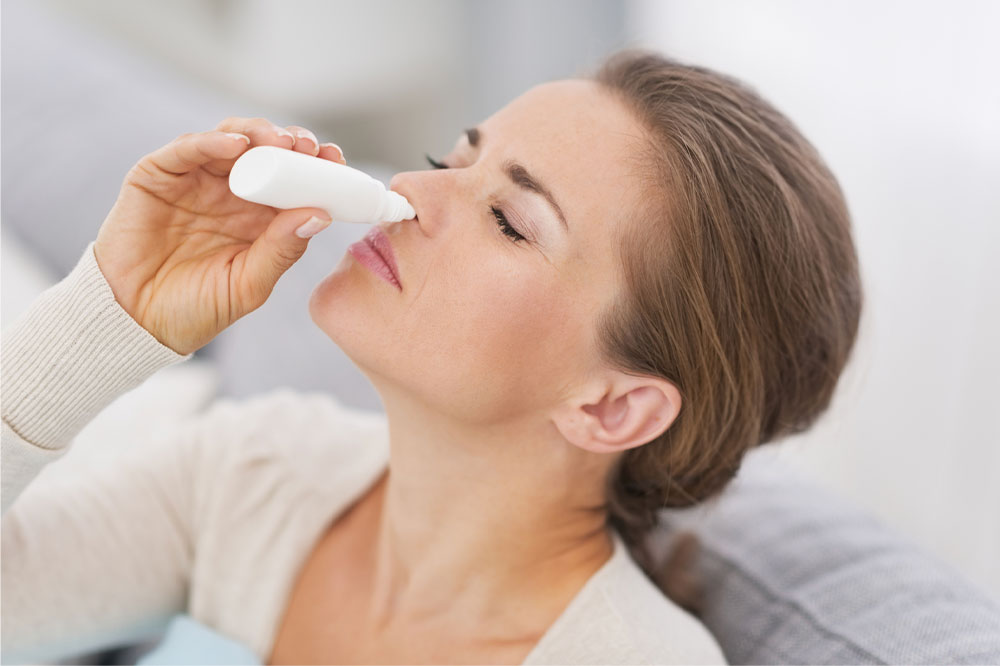Comprehensive Strategies for Effectively Managing Seasonal Allergies
This comprehensive guide explores the nature of seasonal allergies, their triggers tied to specific times of the year, symptoms, and effective management strategies. It provides insights into identifying seasonal patterns, implementing preventive measures, and seeking medical treatment to reduce allergy symptoms. By understanding the seasonal dynamics and allergens involved, individuals can better prepare and improve their quality of life during allergy seasons. The article emphasizes proactive approaches, including environmental control and personalized treatment plans, to help sufferers enjoy each season with minimal discomfort.

Understanding and Effectively Managing Seasonal Allergies for Better Quality of Life
Seasonal allergies, frequently known as hay fever, affect millions worldwide, particularly in regions with distinct seasonal changes. These allergies are caused when the immune system mistakenly identifies benign substances such as pollen, mold spores, and other environmental agents as harmful invaders. This misinterpretation prompts an immune response, releasing histamines and other chemicals that lead to a variety of uncomfortable symptoms. Managing these allergies involves understanding their underlying causes, recognizing seasonal patterns, and implementing effective preventive and treatment strategies to reduce their impact on daily life.
What Are Seasonal Allergies?
Seasonal allergies are allergic reactions triggered by specific airborne substances that peak during particular times of the year. These reactions are immune-mediated, meaning the body overreacts to harmless environmental elements. The most common culprits include pollen from trees, grasses, and weeds, although indoor allergens such as mold, pet dander, dust mites, and cockroaches can also exacerbate symptoms during various seasons. It is estimated that approximately 8% of Americans suffer from seasonal allergic rhinitis, impacting their health, comfort, and productivity.
Understanding the pathophysiology of allergies is essential for effective management. When allergic individuals encounter allergenic particles, their immune system perceives them as threat factors. This leads to the production of immunoglobulin E (IgE) antibodies that bind to mast cells. Upon subsequent exposures, these mast cells release histamines and other chemical mediators, resulting in inflammation and typical allergy symptoms such as sneezing, nasal congestion, watery eyes, and respiratory issues. Recognizing this mechanism helps in choosing appropriate treatment options and lifestyle modifications.
Recognizing Common Symptoms of Seasonal Allergies
Symptoms can vary widely among individuals, from mild annoyances to severe health issues. The hallmark signs include:
Sneezing episodes, often multiple times in succession
Persistent runny nose or nasal congestion
Watery and itchy eyes that may cause discomfort or blurred vision
Itching in the throat, sinuses, ears, or roof of the mouth
Facial pressure or sinus congestion leading to headaches
Postnasal drip causing throat irritation and coughs
Itchy ears and difficulty hearing
Wheezing, shortness of breath, or asthma exacerbations
Reduced sense of smell or taste
Notably, symptoms tend to worsen during peak pollen seasons, but indoor triggers can cause problems year-round. Chronic sufferers should seek medical advice to develop personalized allergy management plans.
Seasonal Triggers: When and Why?
Understanding the seasonal patterns of allergen release is crucial for effective management. These patterns align closely with plant life cycles and weather conditions, resulting in specific risks during each season:
Spring – The primary allergens are tree pollens. Species like birch, cedar, oak, alder, and willow release high levels of pollen during blooming periods. This season sees a surge in allergy symptoms as these pollens disperse into the air.
Summer – Grasses and weeds take center stage, especially ryegrass, Timothy-grass, bermudagrass, and various types of weeds like sagebrush and pigweed. Pollen levels peak due to warm weather and increased wind during summer months.
Fall – Ragweed is the main allergen during autumn, with highly potent pollen levels that can affect sensitive individuals. Other contributors include mugwort, nettles, plantains, and sorrels, all of which release pollen during this period.
Winter – Outdoor pollen allergens decrease significantly as plant activity diminishes. However, indoor allergens such as mold spores, pet dander, dust mites, and cockroaches often become dominant, especially with increased indoor time during colder months.
To further refine allergy management, it’s important to understand month-by-month patterns:
January: Dust mites thrive indoors; protective mattress covers, frequent cleaning, and HEPA air filters are beneficial.
February: Early tree pollens such as catalpa, elm, and hickory may begin to cause issues in some regions.
March: Pollen from many trees and grasses starts to rise; monitor local pollen forecasts diligently.
April: Flowering plants and grasses increase pollen levels, aggravating symptoms for sensitive individuals.
May: The peak of tree pollen season, requiring preemptive medication and outdoor precautions.
June: Grass pollens dominate; timing outdoor activities away from peak hours can mitigate exposure.
July: Mold spores and fungi become prevalent, especially in humid environments.
August: Mold spores peak indoors, making air filtration and humidity control important.
September: Ragweed pollen re-emerges on windy days, leading to sudden worsening of symptoms.
October-November: Mold and fungi are common indoor offenders as weather becomes damp.
December: Christmas trees, especially artificial or real pines, can trigger allergic responses in sensitive individuals.
Armed with knowledge of these patterns, allergy sufferers can plan accordingly—using preventive measures like wearing masks, keeping windows closed during high pollen days, and maintaining clean indoor environments. Consulting allergists for testing and personalized treatment options, including antihistamines, nasal sprays, or immunotherapy, can significantly enhance quality of life through all seasons. Implementing a comprehensive allergy management strategy not only alleviates symptoms but also minimizes the risk of complications such as sinus infections or asthma exacerbations.
In conclusion, understanding the seasonal dynamics of allergens, recognizing symptoms early, and adopting tailored coping strategies are essential steps towards controlling seasonal allergy impacts. Staying informed about local pollen forecasts, maintaining indoor air quality, and seeking professional advice ensures a proactive approach, enabling allergy sufferers to enjoy each season with fewer limitations.





